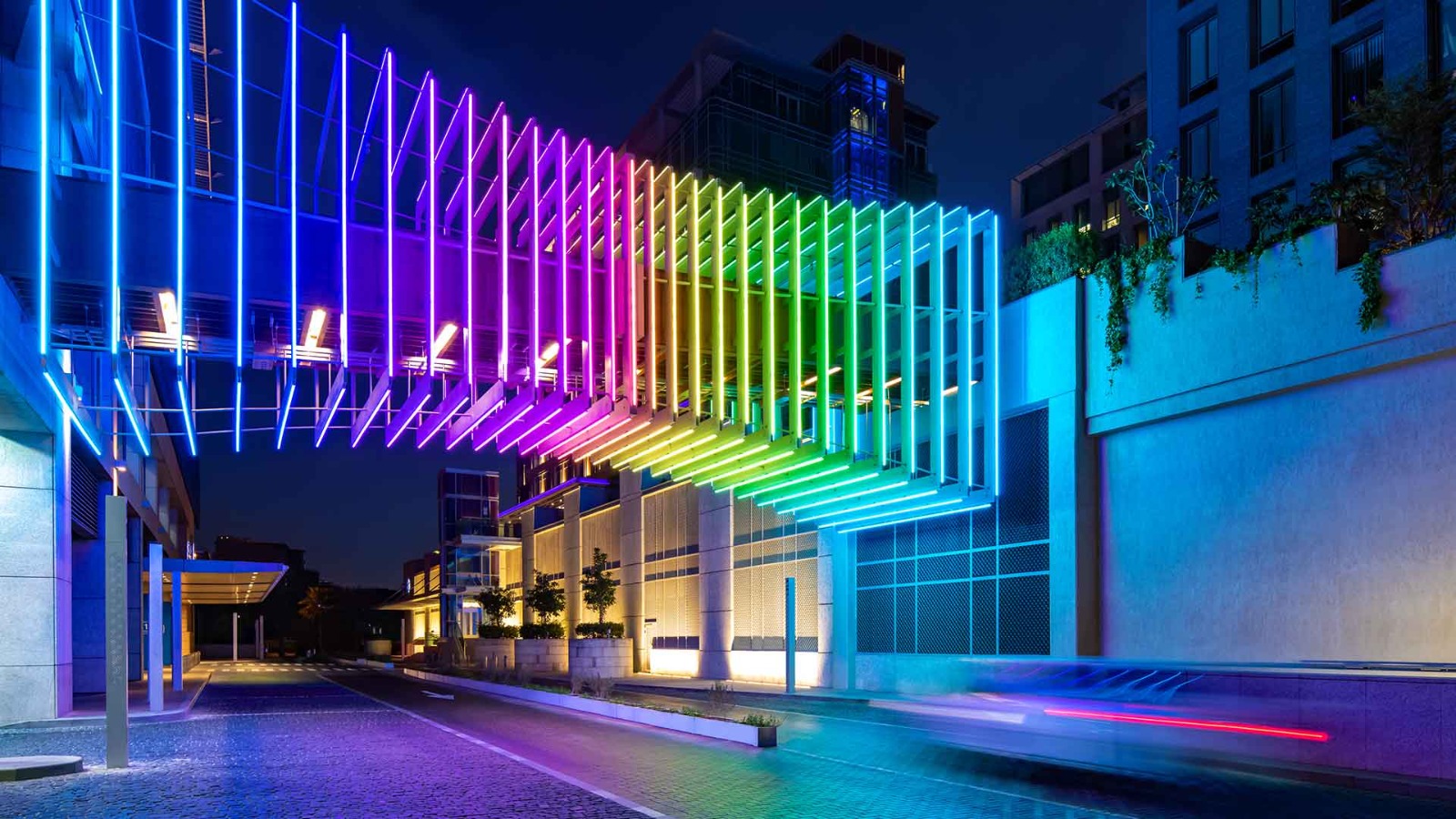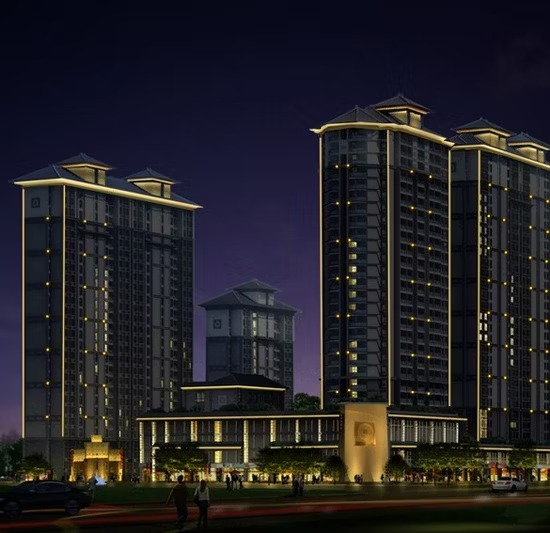
Building Façade
Lighting
Building façade lighting is more than just illuminating structures; it is an art form that enhances architectural beauty, creates ambiance, and improves functionality.
Architectural
Design
We at D&A Design combine imagination & accuracy to create environments that are aesthetical, functional and sustainable.
Planning
Process
We at D&A Design create a process to streamline the project from easy approvals to project completion. This involves D&A Design to be at the forefront in coordination between the various consultants for timely completion of the project.
Read More
Interior
Design
We transform areas into chic, useful retreats with bespoke design that combines comfort, style and functionality to suit all lifestyles.
Read More
Interior
Styling
We create stylish, functional spaces for Hospitality, Luxury residential projects staging that enhance guest experiences and boost property appeal. Focusing on high-quality, durable furniture and timeless aesthetics, our designs ensure comfort and practicality for the end user. This involves selection and purchase of furniture, furnishing and décor.
Read MoreAbout Us
D&A Design turns ideas onto long lasting sustainable and functional spaces by providing creative interior, architectural, styling and planning solutions to our clients.
Read More
